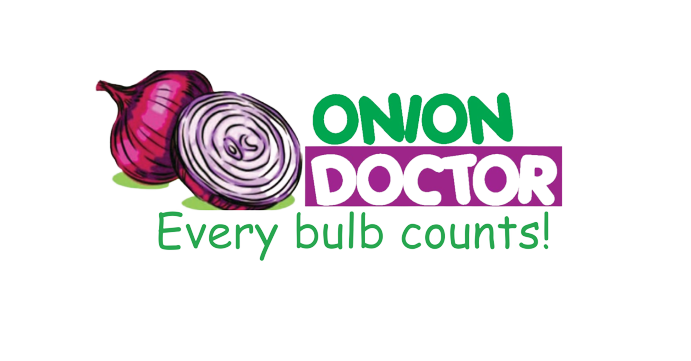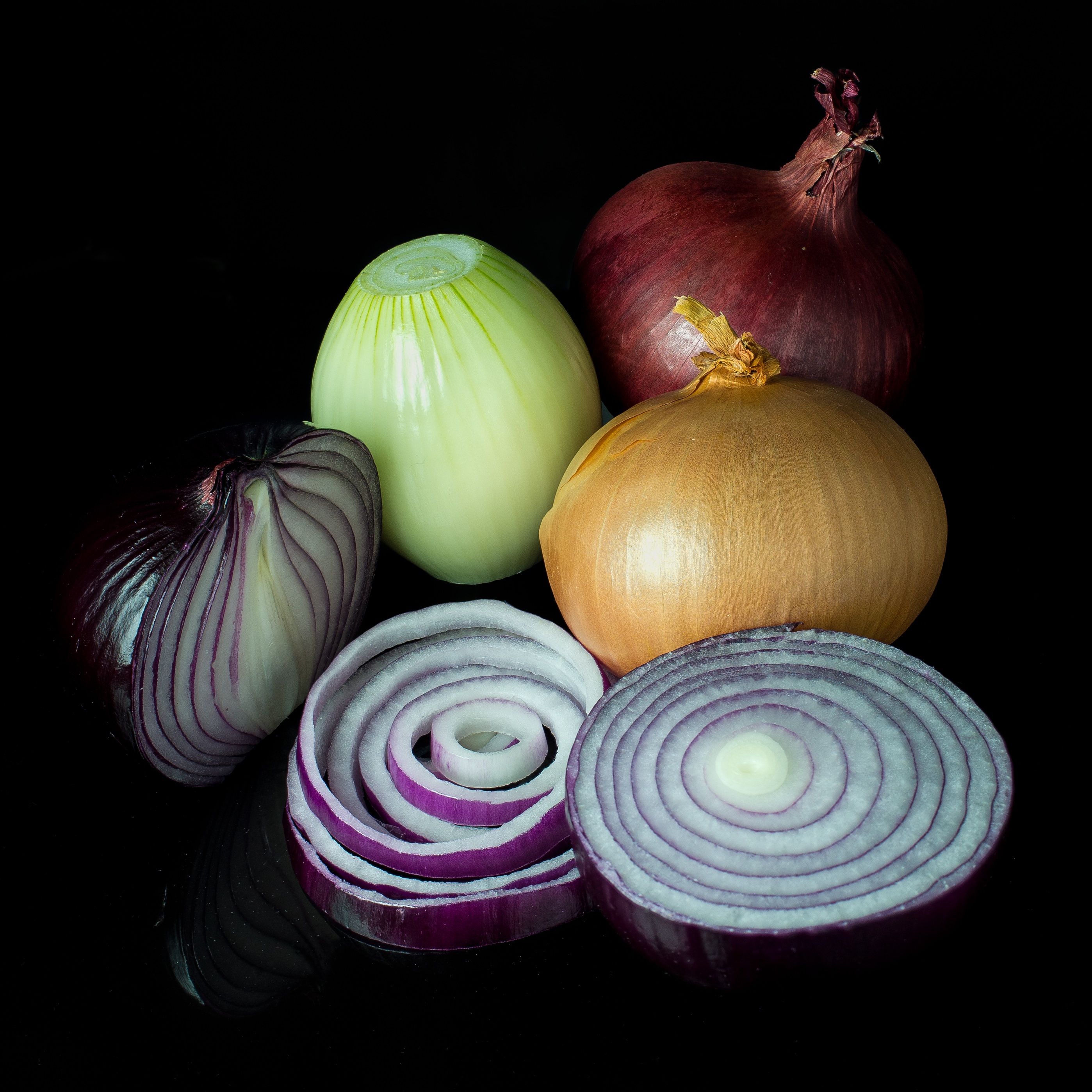Maximizing Onion Farming in Kenya with Onion Doctor: Tips for Success

Are you in need of in-depth knowledge on onion and garlic production? If yes, we are a call away. Our service chatter includes: Onion seedlings, Garlic seedlings, Farm planning services, Soil testing, Drip irrigation installation and maintenance, Agronomic support, Onion and Garlic value pack and Farm management. For free consultation, placing orders or booking a visit with an agronomist, please contact us via Call or what’s app +254703982228, Email: Info@oniondoctor.co.ke.
In Kenya, onion farming has emerged as a promising venture for smallholder farmers seeking to optimize yields and maximize profits. Whether you're starting from seeds or seedlings, Onion Doctor is your trusted partner, offering expert guidance from nursery preparation to harvesting.
1. When and How to Start Indoors: To kickstart your onion farming journey, it's essential to begin indoors. Planting onion seeds indoors should take place approximately 8–10 weeks before transplanting them into your outdoor garden. Seeds should be sown approximately ¼ inch deep into fertile soil that offers good drainage. For the best results, ensure your onions receive ample sunlight in an open and sunny site.
2. Proper Spacing Requirements: As your onion seeds germinate, you'll need to transplant them when they are ready, usually after 4-14 days. During transplanting, space your seedlings at least 6 inches apart. Opt for a well-prepared, weed-free section of your garden, as onion seedlings are particularly vulnerable to weed competition. Create a deep furrow, at least 4 inches deep, and pre-water it before planting your seedlings to facilitate the transplanting process.
3. Addressing Common Pests and Diseases: Onion farming in Kenya is not without its challenges, including potential pests and diseases. To protect your crop, it's crucial to plant your onions in well-drained soil. Several bacterial, fungal, and viral diseases can hinder onion growth, along with troublesome insect pests. Diseases such as Fusarium basal rot, white rot, and Botrytis neck rot can also affect stored crops. Employing crop rotation can be a valuable strategy to prevent these diseases.
4. Harvesting for Food Consumption Knowing when and how to harvest your onions is vital for optimal yield. Onion bulb plants naturally topple over when their bulbs mature. To determine the right time for harvesting, observe when approximately half of the tops in your planting have fallen over. At this point, it's time to lift all the bulbs and place them in a warm, dry area, away from direct sunlight, for curing.
5. Proper Storage Techniques Curing your onions for two to three weeks after harvesting is crucial to ensure their long-term storage. Store them in a warm place, avoiding direct sunlight. Once the onions' outer layers feel dry as paper, carefully remove the tops and roots, and gently brush off any loose soil. To store your onions effectively, place them in a cool, dry location, either in a single layer or in mesh bags. Handle them with care to avoid bruising, as even the slightest bruise can lead to rot. Well-cured onions can be stored for 6–8 months in a root cellar or cool basement.
6. Onion Doctor: Your Partner in Success At Onion Doctor, we are committed to supporting smallholder farmers across Africa, especially in Kenya, by providing high-quality and affordable onion and garlic seedlings, onion seedlings, and a range of valuable services. Our offerings include farm planning, soil testing, drip irrigation installation and maintenance, agronomic support, onion and garlic value packs, farm management, e-extension, and on-farm training. Our mission is to help farmers optimize their yields and achieve maximum profits. Don't miss out on the opportunity to excel in onion farming in Kenya. Contact Onion Doctor today for expert guidance and top-quality resources to boost your agricultural success. Your journey to thriving onion farming starts with us.

